Día de los Muertos, or Day of the Dead, is a traditional Hispanic holiday celebrated on November 1st and 2nd with roots originating from Mexico. On Día de los Muertos, families gather together to honor and remember their loved ones who have passed into the spirit world. In Mexican culture, it is believed that the border between the afterlife and the living world opens for a brief period, allowing the souls of the deceased to come through and reunite with their living families.
Setting up for Día de los Muertos is one of the most exciting parts about the holiday. Before anything else, families will set up tables called ofrendas. On an ofrenda, foods and drinks that were once favored by family members that have passed away are placed down. In English, ofrenda means “offering,” which makes sense as families offer these meals to their ancestors for them to bring along their journey back into the spirit world.
Ofrendas can be decorated with flowers, skulls, and figurines that resemble a family member or beloved who has passed. But most importantly, their portraits are displayed on these ofrendas as well so that their living families can honor and pay their respects on Día de los Muertos.
Fun fact, Día de los Muertos has its own flower—marigolds! Marigolds, or better recognized as the flower of the dead in Mexico, help guide spirits back to their homes thanks to their wonderful fragrance and vibrant color. Families are guaranteed to be spotted spreading their petals to form trails that will help their loved ones find their way home.
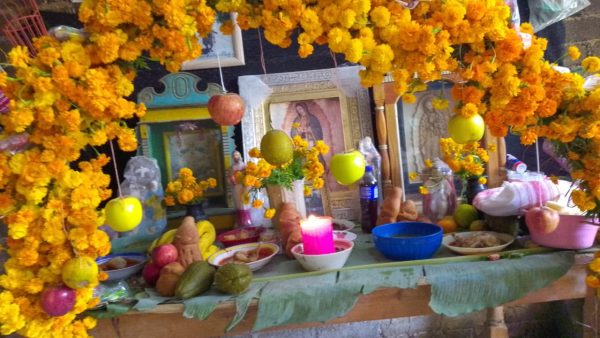
“Honoring the dead is a way of showing respect for the lives they lived. It acknowledges their experiences, contributions, and the impact they had on the world. My family and I often visit our loved ones’ gravesites to say a short prayer and let them know we miss them tremendously,” Mrs Ruiz shared.
She continued saying:
Attending festivals and participating in folklore dances is another way people celebrate Día de los Muertos. Dancing has become a major tradition within Mexican culture and other Latin American countries, and Día de los Muertos is no exception to that rule. On Día de los Muertos, dance groups go out and perform dances like La Danza del Venado on the streets of Mexico in order to bring joy to the spirits. Their faces are painted as skulls and their outfits consist of beautiful bright patterns to attract the souls of the dead.
Sometimes, families will go and visit the gravesites of where their loved ones lay and help clean/polish their graves as a form of respect. Graves are then decorated with candles and flowers or other items that were cherished by the dead relative. If the gravestone belongs to a child, then they are additionally given sweets and toys.
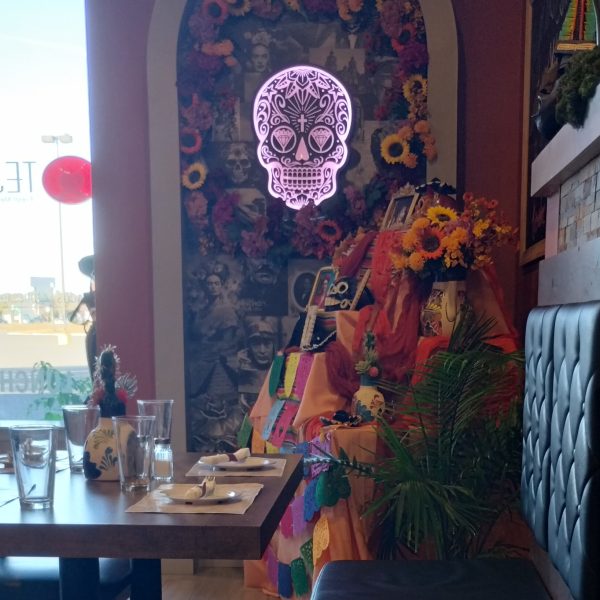
“To teach people from other countries about how beautiful this tradition where we don’t have to cry. The best ways to remember those that departed before us is with a smile, with music, with food, with tequila. And I think this year especially we need to smile. We need to remember them with happiness, not with sadness,” says Eugenio Derbez, from an interview with HOLA!
Whether or not you celebrate Día de los Muertos, the death of a loved one is, and always will be, a universal experience. It is something that Mexico has chosen to see in a positive light rather than a negative one. On Día de los Muertos, people choose how they want to grieve over the loss of a loved one. The most important lesson one can learn from the holiday is that it is okay to be upset, just as long as you move on eventually.

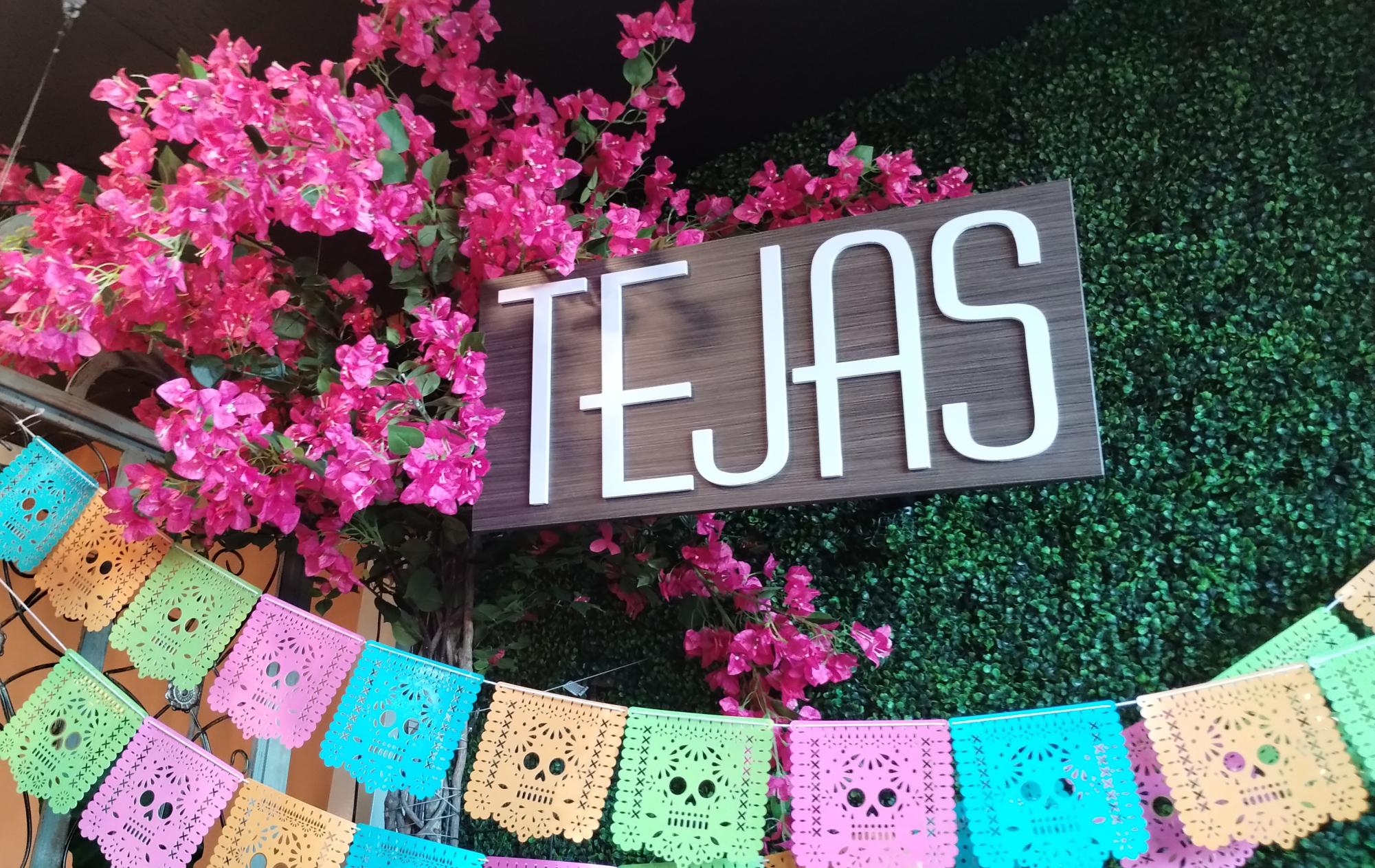

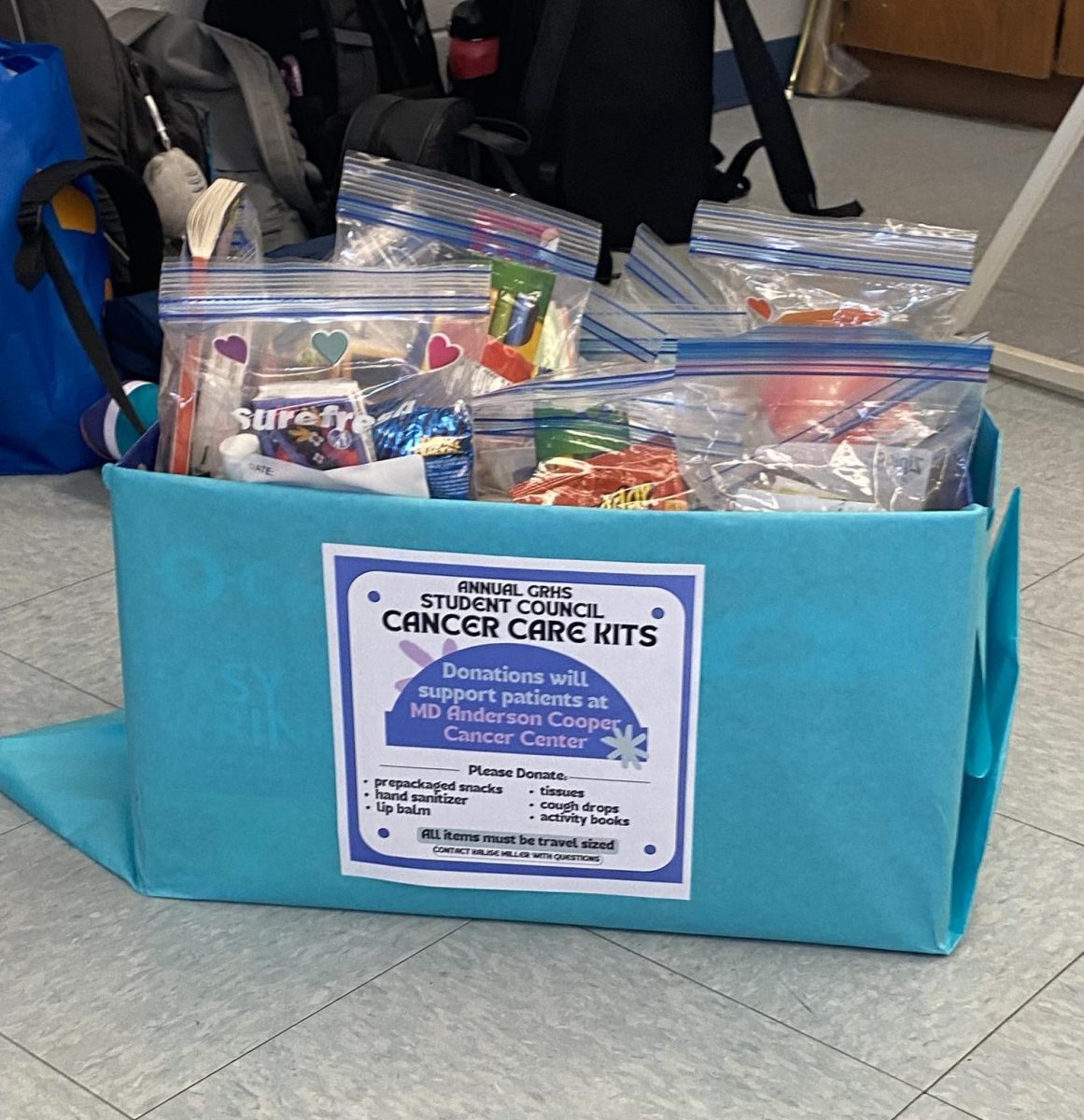


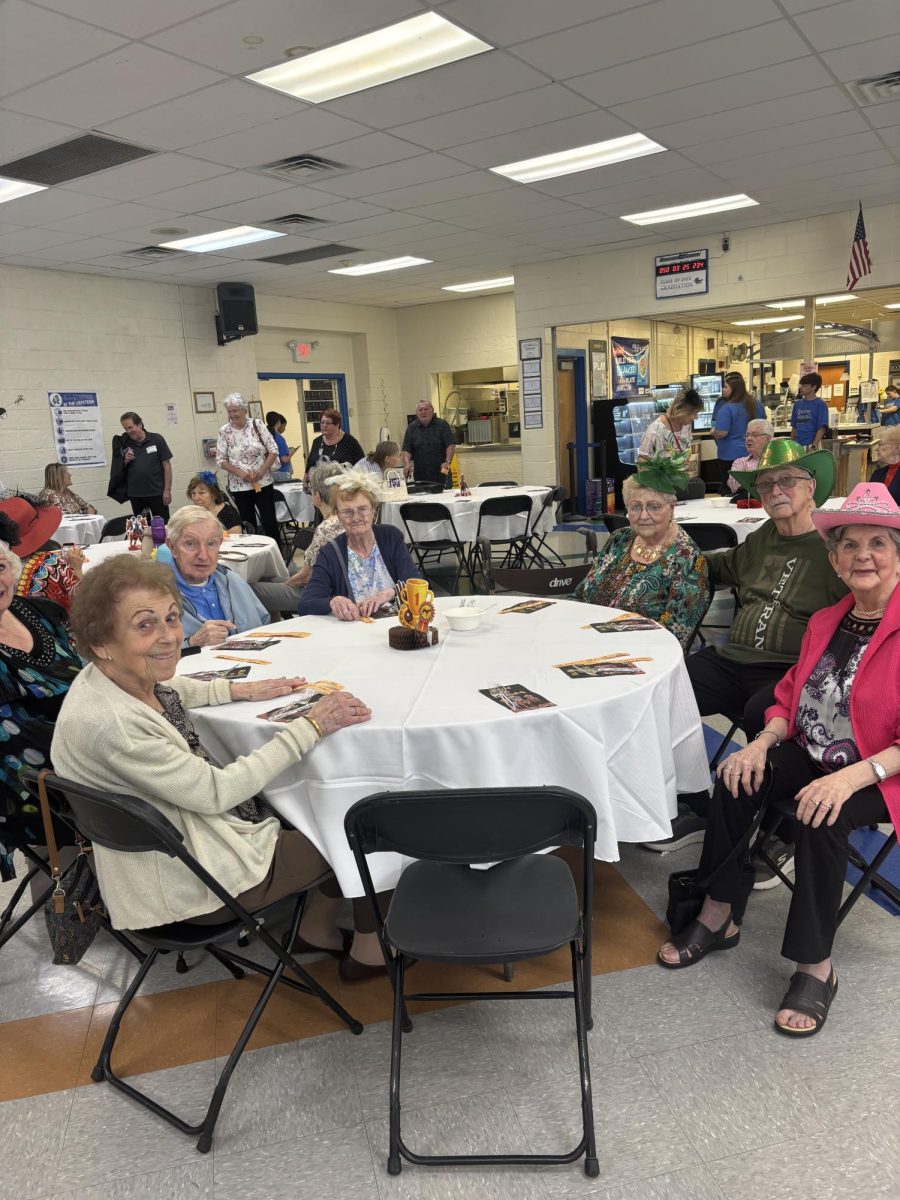

Ms.Powell • Nov 25, 2024 at 8:17 am
So well written! I enjoy learning about different cultures traditions and was so impressed by the students work that was shown in our halls and library this year!